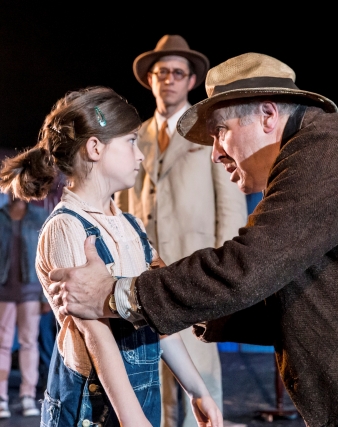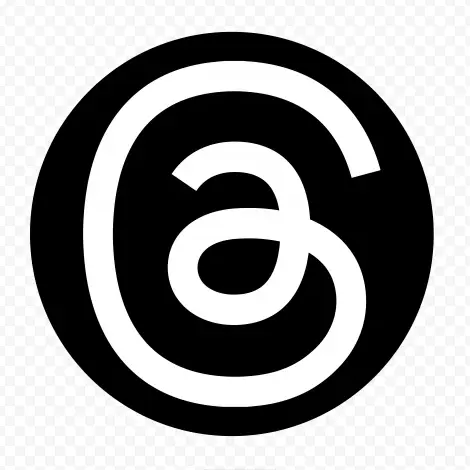 Pulitzer Prize winner Harper Lee’s To Kill a Mockingbird is, beyond doubt, one of the most important books of the twentieth century. It should be on everybody’s top-twenty must-read list. First published in 1960, at the dawn of the American civil rights movement, it made a great Oscar winning film and, under normal circumstances, it makes a jolly good play too.
Pulitzer Prize winner Harper Lee’s To Kill a Mockingbird is, beyond doubt, one of the most important books of the twentieth century. It should be on everybody’s top-twenty must-read list. First published in 1960, at the dawn of the American civil rights movement, it made a great Oscar winning film and, under normal circumstances, it makes a jolly good play too.
This production by Regent’s Park Open Air Theatre thought it had something new and original to bring to the proceedings. They wanted us to know that To Kill a Mockingbird was first and foremost a book. In fact, the whole company, with the exception of the three children and Atticus, had a copy about their persons at all times which they were at pains to demonstrate as they all took turns reading from it. They spoke the lines at random, sometimes one child, sometimes another, sometimes narrative. It was all very confusing. And, what struck me as very strange, was that the actors were reading as themselves, with a rich and varied mixture of English accents and wearing, it seemed, their own clothes. The first half was dominated by these arbitrary readings at the expense of the drama.
Having a narrator to lead you through a play and explain the in-between bits is nothing new, it’s a tried and tested theatrical device. Shakespeare did it and, most famously and successfully, Dylan Thomas did it with Under Milk Wood. In this production sometimes the child would speak its line, sometimes a bloke (or a girl) wearing jeans and a beanie hat would have the honour – all very mystifying. The narrator should fulfil a function, not be there in some arbitrary capacity which seemed like a good idea at the time. I understand that they were making it clear to us that they were telling us a story but I found it a bit patronising, a bit Blue Petery really, all joining in together reading a jolly good book. And then this approach rather fizzled out in the second half when only a couple of lines were read from the book. They had another bright idea too – big chalk scribbles all over the stage, what was that about? The whole thing was a bit of a mess – both artistically and physically with everyone covered in chalk dust.
Now, all this was a great pity because the drama, the acting and the design were generally very good indeed. The set by Jon Bausor worked well comprising of the whole stage enclosed by rusting sheets of corrugated iron and a big tree in the middle. Daniel Betts as Atticus Finch was one of the best I have seen – much younger and less stuffy than usual and, on the night I saw it, Rosie Boore was excellent as young Scout. I liked Zackary Momah as poor Tom Robinson, a black plantation worker accused of raping a white girl. His courtroom scene with Atticus was good, powerful stuff and, for me, the high spot of the evening. There was some nice atmospheric incidental music by Phil King played live on guitar and ukulele.
In theatre there is always room for innovation and, of course, every director can have a new slant, a new approach to any play – it would be very boring if every time you saw a play it was the same. But what you do has to be considered, it has to bring something new to the party and it has to be consistent. Unfortunately, continually telling us that the play we are watching used to be a book is not enough, in fact it’s rather irritating. And, worst of all sins, it was a bit amateurish at times.
It is very easy to think you have a clever idea and then to lose sight of the important things like actually telling the story and constructing a worthwhile piece of theatre. Being clever can very often be rather unwise. ★★★☆☆ Michael Hasted 27/04/15

